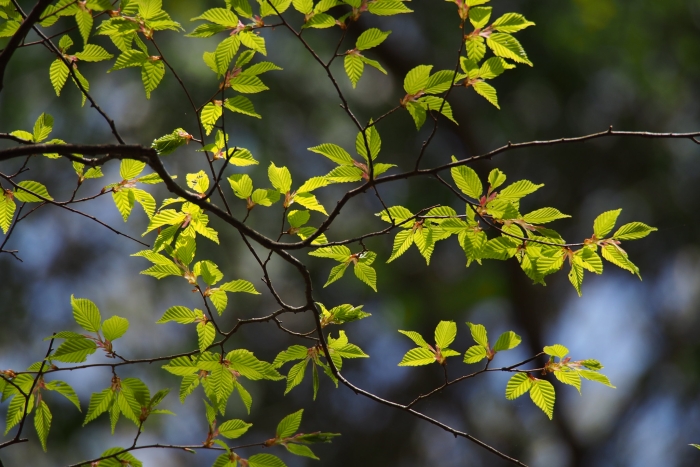Japanese Loose-Flowered Hornbeam
(Carpinus laxiflora)
Japanese Loose-Flowered Hornbeam (Carpinus laxiflora)
/
/

harum.koh
CC BY-SA 2.0
Image By:
harum.koh
Recorded By:
Copyright:
CC BY-SA 2.0
Copyright Notice:
Photo by: harum.koh | License Type: CC BY-SA 2.0 | License URL: https://creativecommons.org/licenses/by-sa/2.0/ | Uploader: harum.koh | Publisher: Flickr |




























Estimated Native Range
Summary
Carpinus laxiflora, commonly known as Japanese Loose-Flowered Hornbeam, is a deciduous tree native to the cool temperate forests of Japan, Korea, and parts of China. It typically grows to a height of 30-50 feet (9-15 meters) and a width of 20-35 feet (6-11 meters). This species is characterized by its smooth, gray bark and a broadly oval to rounded form. The leaves are ovate, serrated, and exhibit a fresh green color, turning to attractive shades of yellow and orange in the fall. The tree produces catkins which are not particularly showy, but the winged nutlets that follow can be of interest in the landscape.
The Japanese Loose-Flowered Hornbeam is valued for its graceful habit, attractive bark, and vibrant fall color. It is suitable for use as a specimen tree, in woodland gardens, or as part of a mixed border. This tree is relatively low-maintenance and is tolerant of a range of soil types, provided they are well-drained. It prefers full sun to part shade conditions and requires medium amounts of water. While it is not commonly afflicted by serious pests or diseases, it can occasionally suffer from leaf spot or canker. Gardeners should be aware that this species may not thrive in areas with hot, dry summers.CC BY-SA 4.0
The Japanese Loose-Flowered Hornbeam is valued for its graceful habit, attractive bark, and vibrant fall color. It is suitable for use as a specimen tree, in woodland gardens, or as part of a mixed border. This tree is relatively low-maintenance and is tolerant of a range of soil types, provided they are well-drained. It prefers full sun to part shade conditions and requires medium amounts of water. While it is not commonly afflicted by serious pests or diseases, it can occasionally suffer from leaf spot or canker. Gardeners should be aware that this species may not thrive in areas with hot, dry summers.CC BY-SA 4.0
Plant Description
- Plant Type: Tree
- Height: 30-50 feet
- Width: 20-35 feet
- Growth Rate: Moderate
- Flower Color: N/A
- Flowering Season: Spring
- Leaf Retention: Deciduous
Growth Requirements
- Sun: Full Sun, Part Shade
- Water: Medium
- Drainage: Slow, Medium, Fast
Common Uses
Bird Garden, Butterfly Garden, Low Maintenance
Natural Habitat
Cool temperate forests of Japan, Korea, and parts of China
Other Names
Common Names: 서어나무
Scientific Names: , Carpinus laxiflora, Carpinus laxiflora var. longispica, Carpinus laxiflora f. lacera, Carpinus laxiflora f. macrophylla, Carpinus laxiflora f. pendula, Carpinus laxiflora var. chartacea, Carpinus laxiflora var. macrophylla, Carpinus laxiflora var. macrothyrsa, Carpinus laxiflora var. pendula
GBIF Accepted Name: Carpinus laxiflora (Siebold & Zucc.) Blume